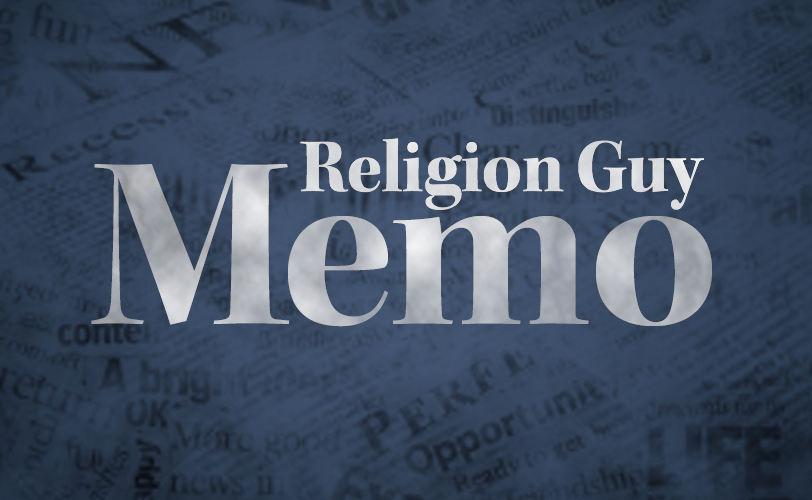Numbers make news. Think of how many articles will report breathlessly on U.S. political polls between now and Nov. 3, 2020. And numbers created “the biggest American religion story of the past decade,” says analyst Mark Silk, referring to the increase in “nones” who tell pollsters they have no particular religious identity.
This is news: A new Gallup report says a severe religious recession began to build right around 2000.
What explains this turn-of-the-century turn? Journalists with Gallup numbers in hand should run this puzzle past the experts in search of explanations.
Gallup combines data from 1998–2000, compared with 2016–2018. A topline finding is that Americans reporting membership in a house of worship hit an all-time low of 50 percent by last year, which compares with a consistent 68 percent or more from 1937, when the question was first asked, and all the way through the 1990s. The era since 2000 mingles that loss with declining worship attendance and the “nones” boom.
Since your audiences are already transfixed by the 2020 campaign, consider this detail from Gallup’s internals. Comparing 1998-2000 with 2016-2018, church membership reported by Republicans slipped from 77 percent to 69 percent, but among Democrats plummeted from 71 percent to 48 percent, a remarkable 23 percent drop. (Independents went from 59 percent to 45 percent.) How come?
Journalists will find further statistics to ponder in the latest General Social Survey report from the University of Chicago’s National Opinion Research Center. In this account, the “nones” have reached 23 percent. At the same time, however, 34 percent of American adults report “strong” religious affiliation, and similar percentages have held constant across the years since 1973.
Writing for the interfaith journal First Things, Mark Movsesian of the St. John’s University Center for Law and Religion (who belongs on your source list) joins those who say the U.S. is experiencing “a decline in religious affiliation among people whose identification was weak to begin with.” As with politics, he proposes, “the middle seems to be dropping out in favor of the extremes on either end.”
Examining the post-2000 mystery, reporters could theorize that priestly molesting scandals undercut Catholic involvement — but they were a continual embarrassment the prior 15 years. Liberals may have been alienated by Protestant churches enmeshed in conservative politicking — but that was the case for two decades before 2000. Many younger Americans reject old-fashioned sexual morality, but churches that upheld that belief fared better than “mainline” Protestants who’ve liberalized since 2000.
So what gives? The Guy proposes that reporters look for underlying societal factors. Americans have eroding faith in all institutions (among which religion is the ultimate institution). And what about the lure of weekend leisure, entertainment and athletics over against attending worship? Perhaps most powerful is the way social-media addiction undercuts face-to-face involvements. How are your area volunteer fire departments or Kiwanis clubs faring?
Regarding “mainline” Protestant woes, a titillating item in the March 27 Christian Century deserves reporters’ attention if it can be substantiated as a trend rather than personal eccentricity. Author Adam Copeland, a Presbyterian Church (USA) clergyman who teaches church leadership at Minnesota’s Luther Seminary (of the ELCA) says, “I don’t really go to church.” Neither do the “up-and-coming movers and shakers” he met at a church consultation.
After depicting assorted imperfections of area church options, Copeland concludes “it may be somewhat uncomfortable, even painful, to visit and to join.” Are young “mainliners” somehow more dissatisfied with their churches than black, Latino, and white evangelical Protestants and, if so, why?











